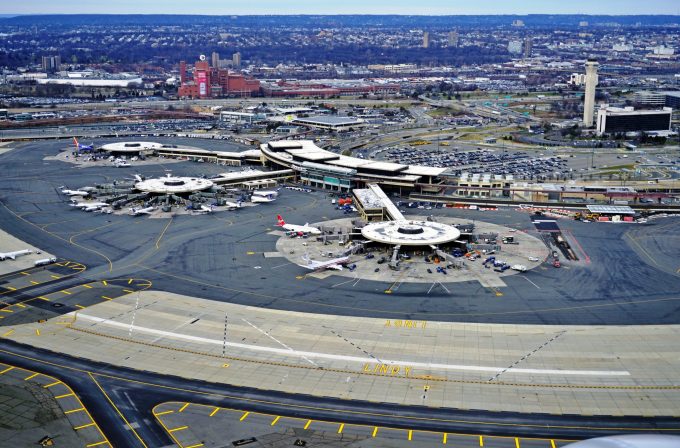Forwarders: can an airline do without them? An age-old debate airs
The age-old debate about whether airlines need forwarders started up again at CNS in Dallas ...

Two US industry bodies representing mostly forwarders involved in air cargo want government to give financial support to developments to ensure a smoother flow of traffic through airports.
They say the challenges for the industry are too enormous to be shouldered squarely by private enterprise and they have produced a white paper based on broad surveys and submitted it to Congress.
The worst of the congestion that has plagued cargo flows through US gateways has cleared, but the problem has not disappeared, ...
Asia-USEC shippers to lose 42% capacity in a surge of blanked sailings
USTR fees will lead to 'complete destabilisation' of container shipping alliances
New USTR port fees threaten shipping and global supply chains, says Cosco
Outlook for container shipping 'more uncertain now than at the onset of Covid'
Transpac container service closures mount
DHL Express suspends non-de minimis B2C parcels to US consumers
Zim ordered to pay Samsung $3.7m for 'wrongful' D&D charges
Flexport lawsuit an 'undifferentiated mass of gibberish', claims Freightmate

Comment on this article